How To Make Headphones Fit Small Head?
Finding the perfect fit for headphones can be a challenge, especially for those with smaller heads. Ill-fitting headphones can lead to discomfort, poor sound quality, and an overall unsatisfactory listening experience. Fortunately, there are several strategies and solutions to ensure that your headphones fit snugly and comfortably, regardless of head size. In this article, we will explore various methods to adjust and modify headphones for a smaller head, ensuring an optimal fit and enhanced audio experience.
Understanding the Importance of a Proper Fit

Before diving into the solutions, it’s essential to understand why a proper fit is crucial. Headphones that are too loose can slip off easily, causing interruptions in your listening experience. They may also fail to create a proper seal around your ears, leading to sound leakage and reduced audio quality. On the other hand, headphones that are too tight can cause discomfort and even pain during extended use. Therefore, achieving the right balance is key to enjoying your headphones to the fullest.
Adjustable Headbands
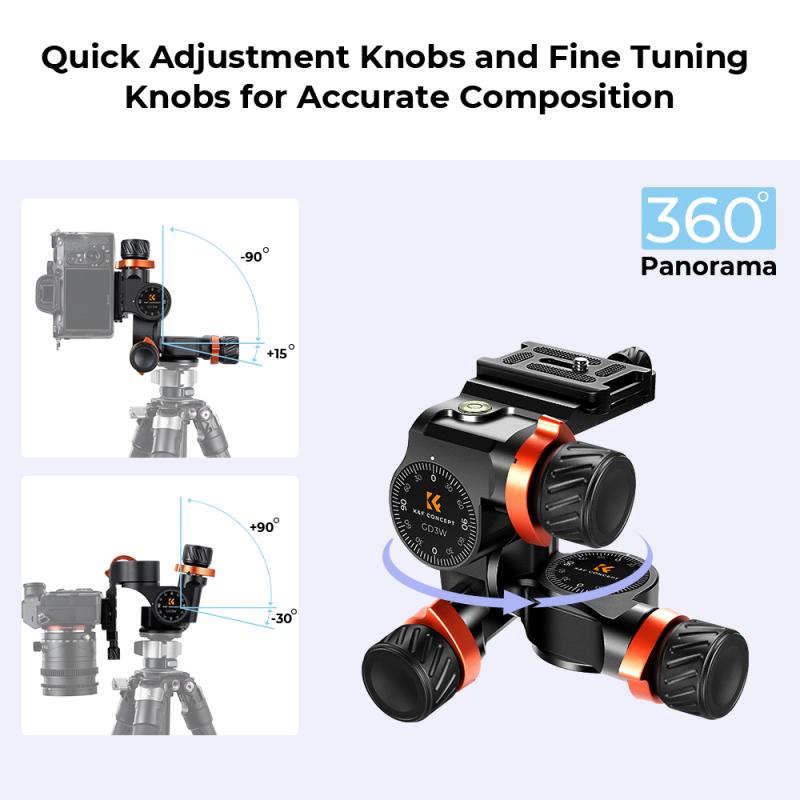
One of the most straightforward solutions is to use headphones with adjustable headbands. Many modern headphones come with this feature, allowing you to extend or retract the headband to fit your head size. Here’s how to make the most of adjustable headbands:
1. Extend the Headband Fully: Start by fully extending the headband. Place the headphones on your head and gradually retract the headband until it fits snugly but comfortably.
2. Check for Even Distribution: Ensure that the headband is evenly distributed on both sides. Uneven adjustment can lead to discomfort and an unbalanced fit.
3. Test for Stability: Move your head around to test the stability of the headphones. They should stay in place without feeling too tight.
Using Additional Padding

If your headphones still feel loose even after adjusting the headband, adding extra padding can help. Here are some ways to add padding:
1. Foam Pads: Purchase foam pads designed for headphones. These pads can be attached to the headband to provide additional cushioning and a tighter fit.
2. DIY Solutions: If you’re on a budget, you can use household items like cotton balls or small pieces of foam. Wrap them in a soft cloth and attach them to the headband using tape or elastic bands.
3. Replacement Ear Pads: Some headphones allow you to replace the ear pads. Opt for thicker or more cushioned ear pads to improve the fit.
Using a Headphone Strap
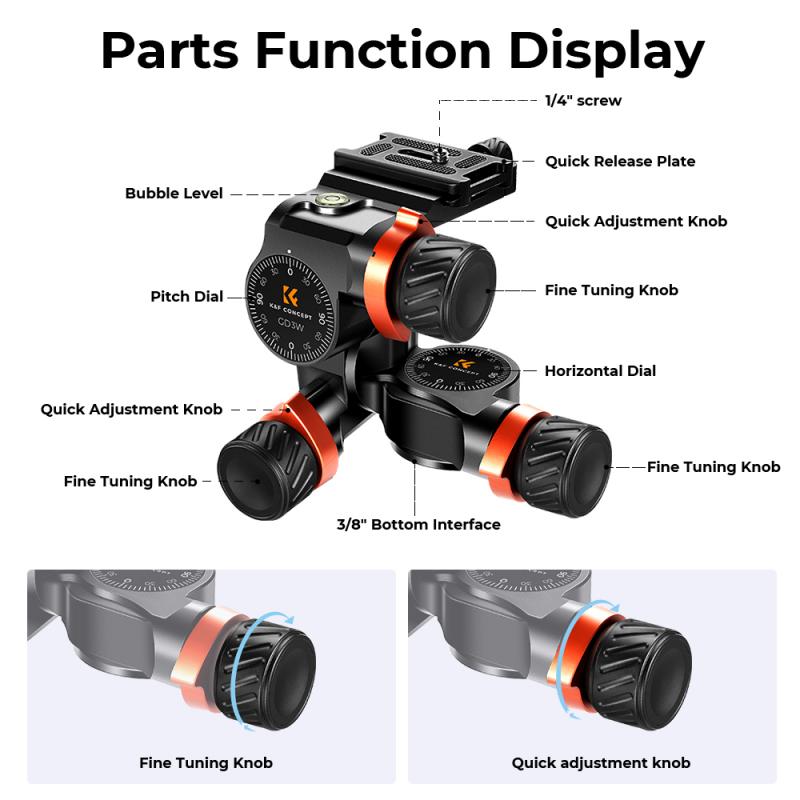
A headphone strap can be a game-changer for those with smaller heads. These straps are designed to hold the headphones in place by creating additional tension. Here’s how to use a headphone strap:
1. Purchase a Headphone Strap: Look for a strap that is compatible with your headphones. Many straps are adjustable and can fit various headphone models.
2. Attach the Strap: Follow the manufacturer’s instructions to attach the strap to your headphones. Typically, the strap will loop over the headband and secure around the ear cups.
3. Adjust the Tension: Adjust the strap to create the desired tension. The headphones should feel secure without being too tight.
Customizing the Headband
For those who are comfortable with a bit of DIY, customizing the headband can provide a more permanent solution. Here are some customization options:
1. Shortening the Headband: If the headband is too long, you can shorten it by removing a section. This process usually involves disassembling the headband, cutting it to the desired length, and reassembling it. Be sure to follow a tutorial specific to your headphone model.
2. Adding a Non-Slip Material: Apply a non-slip material, such as silicone or rubber, to the underside of the headband. This material can help keep the headphones in place by providing additional grip.
3. Using Heat Shrink Tubing: Heat shrink tubing can be used to create a tighter fit. Slide the tubing over the headband and use a heat gun to shrink it to size. This method is particularly useful for metal headbands.
Opting for On-Ear or In-Ear Headphones
If over-ear headphones continue to pose a fitting challenge, consider switching to on-ear or in-ear headphones. These types of headphones are generally more adaptable to different head sizes:
1. On-Ear Headphones: These headphones sit directly on your ears rather than around them. They are typically lighter and more compact, making them a good option for smaller heads.
2. In-Ear Headphones: Also known as earbuds, in-ear headphones fit directly into the ear canal. They come with various sizes of ear tips to ensure a secure fit. Some models also include ear hooks or wings for added stability.
Choosing the Right Headphones
When purchasing new headphones, it’s essential to consider the fit from the outset. Here are some tips for choosing headphones that are more likely to fit a smaller head:
1. Read Reviews: Look for reviews from users with similar head sizes. They can provide valuable insights into the fit and comfort of the headphones.
2. Try Before You Buy: If possible, try the headphones on before making a purchase. Many electronics stores have display models that you can test.
3. Look for Specific Features: Some headphones are designed with smaller heads in mind. Look for features like adjustable headbands, lightweight materials, and customizable ear pads.
Achieving the perfect fit for headphones on a smaller head may require some trial and error, but the effort is well worth it. By utilizing adjustable headbands, adding extra padding, using headphone straps, customizing the headband, or opting for on-ear or in-ear headphones, you can ensure a comfortable and secure fit. Additionally, being mindful of fit when purchasing new headphones can save you time and frustration in the long run. With these strategies, you can enjoy your music, podcasts, and calls without the distraction of ill-fitting headphones.

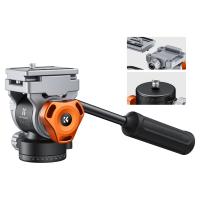

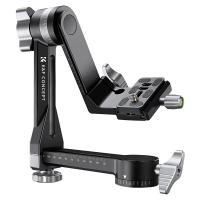
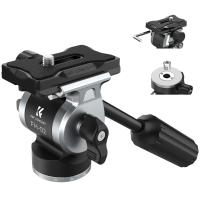
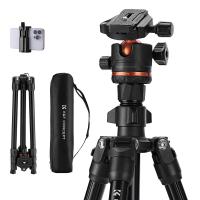


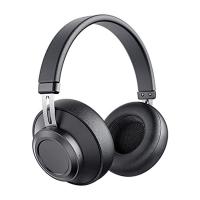

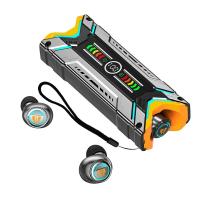

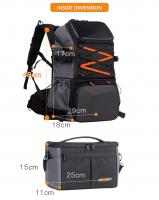
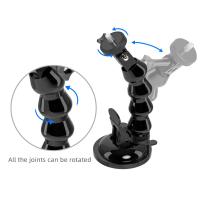


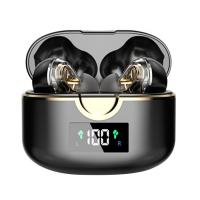

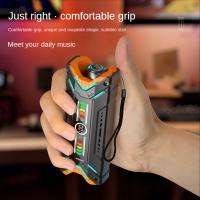

There are no comments for this blog.